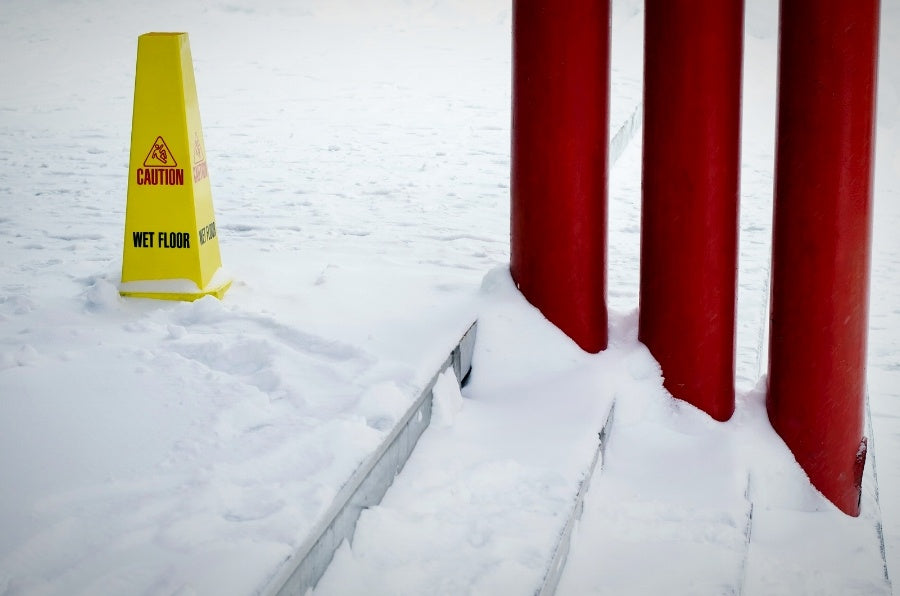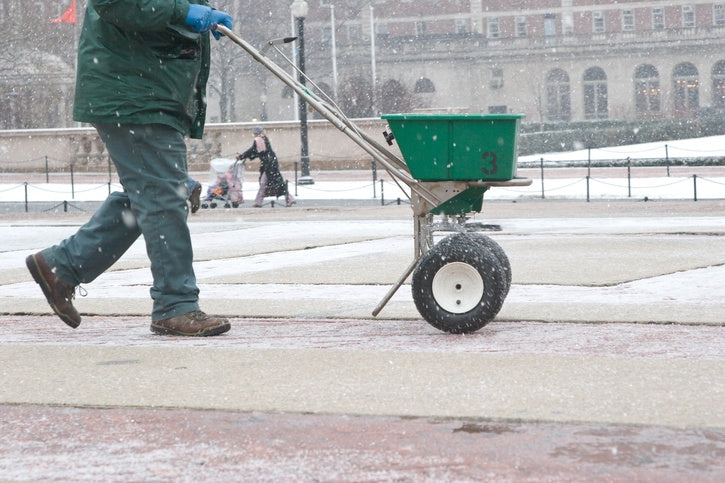
Prudent facility managers are well aware of OSHA and the need to remain compliant with its regulations. For those needing a refresher, here are the basics about the Occupational Safety and Health Administration. A division of the United States Department of Labor, it was created in 1970 to ensure that men and women are guaranteed safe conditions at their workplace. OSHA sets and enforces standards and provides education and outreach to ensure that businesses and organizations adequately conform.
Who Must Comply with OSHA Regulations?
Most private sector and federally-run facilities are covered, and many state and local facilities, while not directly under the jurisdiction of OSHA, must maintain standards that are just as effective as the federal OSHA requirements. In short, there are very few workplaces that are exempt from stringent requirements to protect its workers.
What is Required of Your Facility?
Not every injury can be prevented, but your workplace must remain free of serious recognized hazards. If your employees regularly walk in areas that become snowy or icy, these walkways must be strictly monitored to ensure they are safe. OSHA provides guidelines for winter weather precautions, which include instructing workers to wear proper rubber-soled footwear when transporting supplies from trucks to your building and otherwise working on the grounds of the facility. By making proper footwear a condition of employment, you can take a big step toward warding off potential accidents.
One Employee Complaint Can Place Your Entire Facility Under Scrutiny
If an employee is injured at your facility due to snowy or icy conditions, or is uninjured but simply convinced an imminent danger exists, he or she is entitled to file a complaint. Assuming the complaint meets OSHA’s basic reporting requirements, your organization will be given a chance to reply. If your response is inadequate, this will trigger an OSHA inspection.
The inspection is generally limited to the basis of the complaint, but the inspector can decide to expand the scope of the investigation based on professional judgment or after speaking with workers. So technically, a well-grounded complaint of snowy or icy conditions on the grounds surrounding your facility can lead to an examination of your entire premises. Obviously, it makes sense to avoid conditions that could lead to an original complaint being filed.
Sure, Snow and Ice Will Melt, But . . .
While the OSHA complaint procedure takes a good amount of time, and winter conditions can change drastically in a matter of days, procedures are in place for action to be taken immediately, long before the temperature rises, in the event of imminent danger. Waiting for warmer weather is not an effective strategy to prevent an OSHA complaint.
What Happens After the Inspection?
If OSHA decides a violation exists, you will be issued a Citation and Notification of Penalty. You’ll be given a deadline to correct the violation, which, if not met, will result in additional fees. You will also be required to post a notice of the citation where employees can see it for the longer of three days or until the violation is corrected. It stands to reason that if employees can see the notice, your customers and invitees can see it too, which can seriously affect your organization’s image. You can contest the OSHA finding, however, by then, the damage to your organizational goodwill has already been done.
What are the Penalties?
On August 1, 2016, Congress required federal agencies to increase their penalties to account for inflation. Since OSHA’s fines were last adjusted in 1990, they’ve gone up a whopping 78%. Any citations issued after August 1 will be subject to the new penalties, provided the underlying infraction occurred after November 2, 2015.
What this means is that violations, as well as failure to abide by posting requirements, will now incur a maximum penalty of $12,471. This is an increase from the previous maximum of $7000. Failure to correct the dangerous condition incurs an additional daily penalty of as much as $12,471 per day beyond the date OSHA demands the abatement be made. Willful or repeated violations are assessed at $124,709 per violation.
Finally, Is Your Facility Really Responsible for Making an Employee’s Commute Safe?
The first question you might ask when you get wind of a possible OSHA complaint is to ask the simple question: If an employee has not yet arrived at your building and is injured, can you really be responsible if he or she hasn’t yet started work? OSHA is frequently confronted with questions about these fine distinctions, and has issued what amounts to a fact sheet on these fuzzy issues. See OSHA's response to Scenario 2 in this document for clarification. There’s no doubt about it, it is imperative that your walkways are kept safe from snow and ice.


